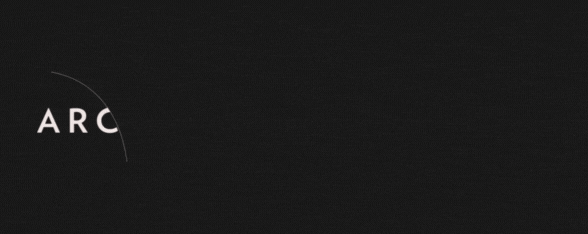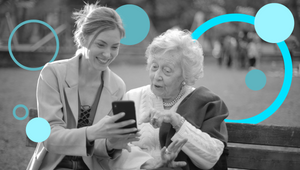
How The Newest Batch of ECDs Are Adjusting to Increased Pressure And Letting Go of Execution

The Australian creative industry has experienced a recent influx of new executive creative directors, with Max McKeon, Sharon Edmondston, Tommy Cehak, and Giles Watson all stepping up into the role for the first time.
Describing the first few weeks as everything from "fantastic and energising" to "a whirlwind",overall the industry's newest creative leaders are adjusting to their "high-stakes problem solving" roles well.
For Max, ECD at Ogilvy Sydney, the biggest shift has been the sheer volume of work.
“There’s just more. More jobs, clients, people, brands, knowledge. All the same rules still apply, but they need to be applied with more efficiency.”
The General Store’s ECD Sharon Edmondston echoed the challenge of time management, saying that “understanding each client’s creative history, team dynamics, and unique business challenges is critical to success, but the team has rallied around me to make the process seamless.”
DDB’s Giles Watson became ECD of DDB Group Melbourne in February, and the biggest adjustment has been “letting go of the day-to-day creative execution.”
“Writing, crafting, tweaking… Trying to stay zoomed out and enabling others to own and elevate the work. That can be hard when you’re hardwired to jump in.”
The step up to ECD involves a greater focus on client and team management, rather than being deeply involved in the craft. Staying close to the creative process remains a priority for Tommy Cehak, co-ECD of Leo Sydney.
“It always was and always will be the reason I come to work each day. It’s important to be across the work to know when to step in but equally when to back off and let people do their jobs. Ideas are these precious things that can die a million different ways.”
Tommy was promoted to co-ECD of Leo Australia Sydney alongside his creative partner Tim Woolford in Sydney, with Hilary Badger starting as ECD in the Melbourne office next month. He sees his new role as "less about cracking the brief" and more about “shaping, selling, and protecting an idea as it runs the gauntlet of reviews, treatments, production, edits, and feedback loops.”
Max agrees that while ECDs might spend less time executing ideas, their creative influence remains crucial.
“Everyone is happier making great work – better results for clients, work teams can be proud of, and there’s simply more purpose and passion around when projects are interesting to us all on a human level.”
At The General Store, Sharon fosters collaboration by maintaining a close-knit creative team – literally and metaphorically.
“Our creative team literally sit within arm’s reach of each other, fostering a truly collaborative environment where ideas flow freely and everyone bounces off one another.”
The increase in expectations that come with the ECD title can be daunting. So how do these creatives navigate the pressure?
After joking, “I’ve pre-emptively filed for divorce, I hosted my next five birthdays all at once before I started, and I’ve mastered the art of ‘speed relaxing’ for maximum efficiency,” Max gets serious.
“Advertising, like most businesses, can get messy and confusing. The superpower at Ogilvy is everyone’s ability to spot, question, and correct a wobble before it takes hold. This ensures we’re all doing what matters for a project and frees up time and passion for the work.”
For Giles, managing expectations is about clarity and direction, and “doubling down” on both by “staying open to the hardest conversations and pushing work toward the standard we know we're capable of.”
Tommy views the pressure as a privilege. “The opportunity is definitely not lost on me, but I’d safely bet my own expectations are greater than those I feel from other places.”
At the moment, he is focusing on building momentum, with the team “busy building a new-look Leos off the back of some new business wins. We’ve made some great new hires, and there’s already a tonne of exciting creative work in the pipeline for 2025.”
Leo picked up the creative accounts for both ANZ and Suncorp last year, with CEO Clare Pickens telling LBB there will be “no new business pitches for the first six months” of 2025 to prioritise those clients.
For each of the ECDs, the creative excellence they’re striving for takes a slightly different shape.
Giles describes it as work that “feels obvious in hindsight but impossible until someone cracked it. Work that’s emotional, memorable, and most importantly, beautiful.”
Sharon sees it as a mix of talent, community, and energy. “It’s about surprising ideas and fostering an environment where people feel comfortable sharing even the rough, unresolved thoughts that could spark something brilliant.”
For Tommy, creative excellence is “usually something that makes me envious enough to think ‘f#ck, I wish I did that.’ The memory of it haunts me for days, even weeks.”
Beyond individual campaigns, he believes excellence is about consistency.
“The stars can align for any of us with the odd campaign, but the true test of creative excellence is delivering on every client and setting yourself the same expectations across the board.”
Max wants to make work that leads to “other agencies trying to steal our clients and staff because we’re doing amazing work. However, please refrain, as I do quite like them.”















